
Ingredient
Rice sprouts
The Nutritional Powerhouse: Rice Sprouts
Rice sprouts are delicate, slender shoots that are harvested from germinated rice grains. They have a crisp texture and a mild, nutty flavor. These sprouts are rich in vitamins, minerals, and antioxidants, making them a nutritious addition to salads, stir-fries, and sushi rolls. With their vibrant green color and delicate appearance, rice sprouts bring a refreshing element to any dish.
Origins and history
Rice sprouts have been cultivated in Asian countries like China, Japan, and Korea for centuries. They are deeply rooted in Asian cuisine and are often used in traditional dishes like bibimbap and sushi. Rice sprouts are also associated with health and wellness due to their high nutritional content and are considered a symbol of vitality in some cultures.
Nutritional information
Rice sprouts are low in calories and fat but high in fiber, vitamins (such as vitamin C and vitamin K), and minerals (such as potassium and manganese). They also contain antioxidants that help protect against cellular damage.
Allergens
None known.
How to select
When selecting rice sprouts, look for bright green shoots with firm stems and no signs of wilting or discoloration. Avoid sprouts that appear yellow or have a slimy texture, as this indicates spoilage. Opt for organic sprouts whenever possible to ensure they are free from pesticides or chemicals.
Storage recommendations
To maintain the freshness of rice sprouts, store them in a perforated plastic bag or an airtight container lined with a paper towel. Place them in the refrigerator's vegetable crisper drawer, where they can stay fresh for up to a week. Avoid storing them near strong-smelling foods as they can absorb odors easily.
How to produce
Rice sprouts can be easily grown at home by soaking rice grains in water for a few hours and then placing them in a damp cloth or tray. Keep them in a warm and dark place, and within a few days, you will see the sprouts emerging. Regularly rinse and drain the sprouts to prevent mold or bacterial growth.
Preparation tips
Rice sprouts can be enjoyed raw in salads, added to stir-fries for a crunchy texture, or used as a topping for sushi rolls. They can also be lightly blanched or sautéed to enhance their flavor. To maximize their nutritional benefits, consume rice sprouts as soon as possible after harvesting or purchasing.
Culinary uses
Rice sprouts are commonly used in Asian cuisine, particularly in dishes like bibimbap, sushi, and spring rolls. They add a refreshing crunch and vibrant green color to these dishes. Additionally, rice sprouts can be incorporated into salads, wraps, and grain bowls for added texture and nutrition.
Availability
Rice sprouts are commonly available in Asian markets and grocery stores that specialize in international ingredients. They are also becoming more popular in health food stores and online retailers that offer organic produce.
More ingredients from this category
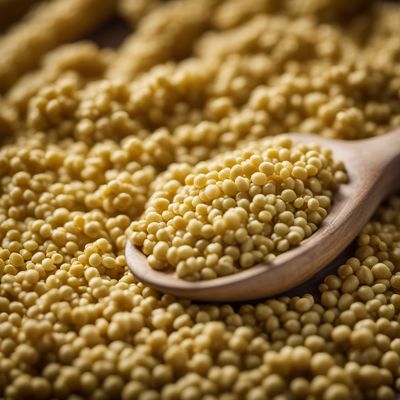
Millet sprouts
The Nutritional Powerhouse: Millet Sprouts

Mustard sprouts
The Zesty Green Delight

Common bean sprouts
The Crunchy Delight: Exploring Common Bean Sprouts
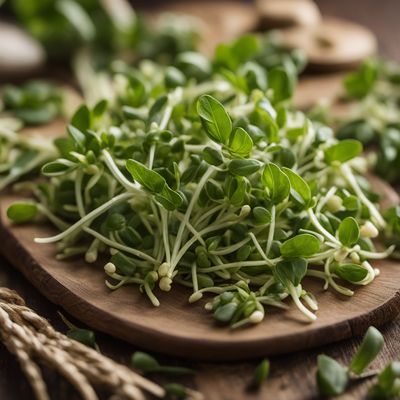
Fenugreek sprouts
The Mighty Sprouts: Unleashing the Power of Fenugreek

Barley sprouts
The Nutritional Powerhouse: Barley Sprouts Unveiled

Radish sprouts
The Zesty Microgreens: Exploring the World of Radish Sprouts

Chickpea sprouts
The Nutrient-Packed Sprouts
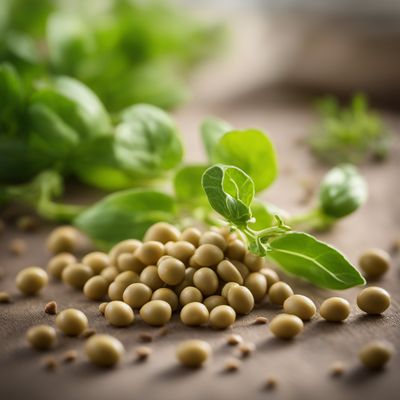
Lentil sprouts
The Sprouting Powerhouse
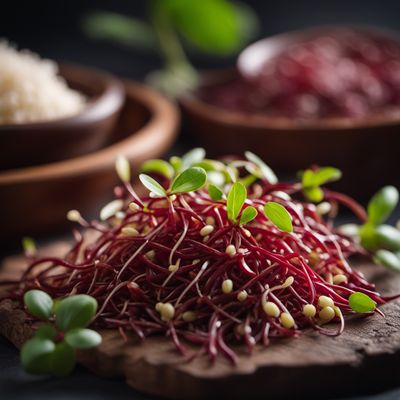
Adzuki bean sprouts
Vibrant Sprouts of Asia
Recipes using Rice sprouts » Browse all
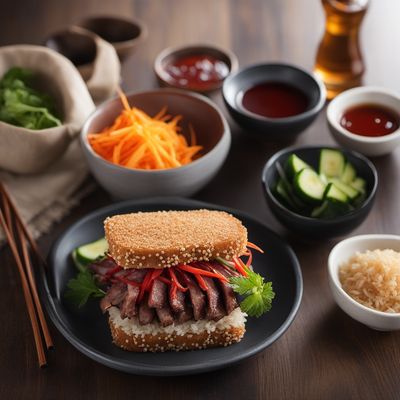
Korean Chinese-style Wagyu Katsu Sando
Savory and Succulent Wagyu Katsu Sando with a Korean Chinese Twist
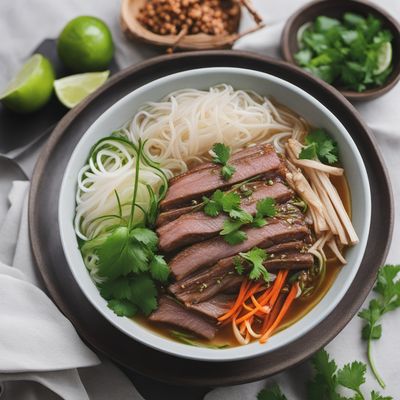
Haute Phở Chua
Elevated Sour Beef Noodle Soup

Taiwanese-style Bibimbap
Taiwanese Fusion Bibimbap: A Delicious Twist on a Korean Classic
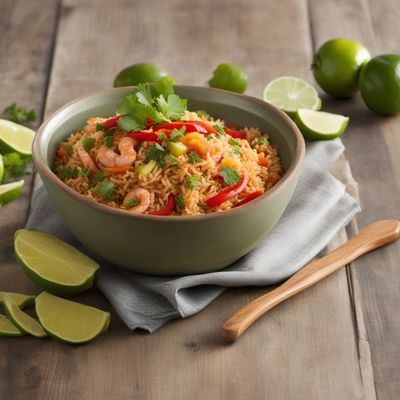
Central American Style Seafood Rice Bowl
Tropical Seafood Delight: Central American Hoedeopbap

Pom Stir-Fry with Sweet and Sour Sauce
Tangy Pom Stir-Fry: A Fusion of South African and American Chinese Flavors

Anguillan Granadina Chicken
Tropical Delight: Anguillan Granadina Chicken

Refreshing Korean Radish Salad
Crisp and Tangy Musaengchae: A Korean Delight

Taiwanese-style Souvlaki
Taiwanese-inspired Grilled Skewers with a Greek Twist
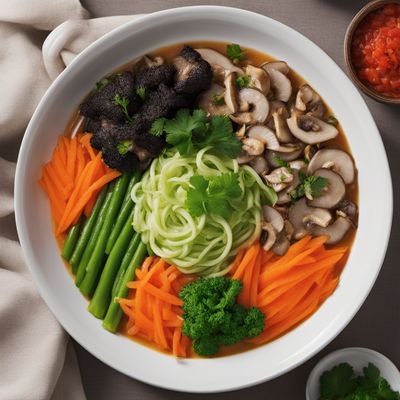
German-style Konoha-don
Autumn Harvest Bowl: A German Twist on Japanese Konoha-don

Macanese Minchi
Savory Macanese Minchi Delight

Hunan-style Honey-Glazed Lamb Chops
Spicy and Sweet Hunan Lamb Chops

Japanese-style Souvlaki
Teriyaki Grilled Skewers with Japanese Flavors